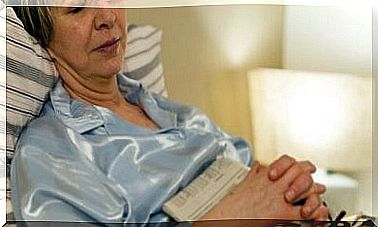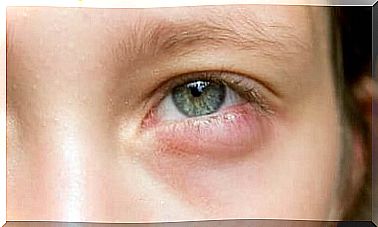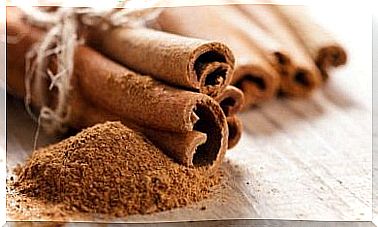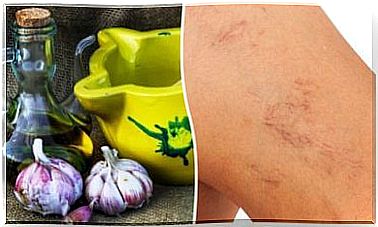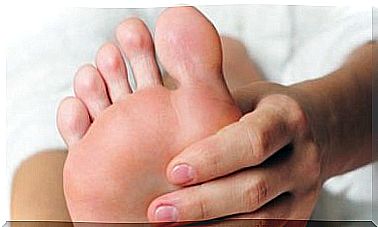What To Know About Burns

Suffering from a burn indoors is very common. They can range from mild to severe and can be fatal. Therefore, it is essential to know how to treat the different types of burns and what to do if this accident happens to us.
There are three types of burns according to their depth.
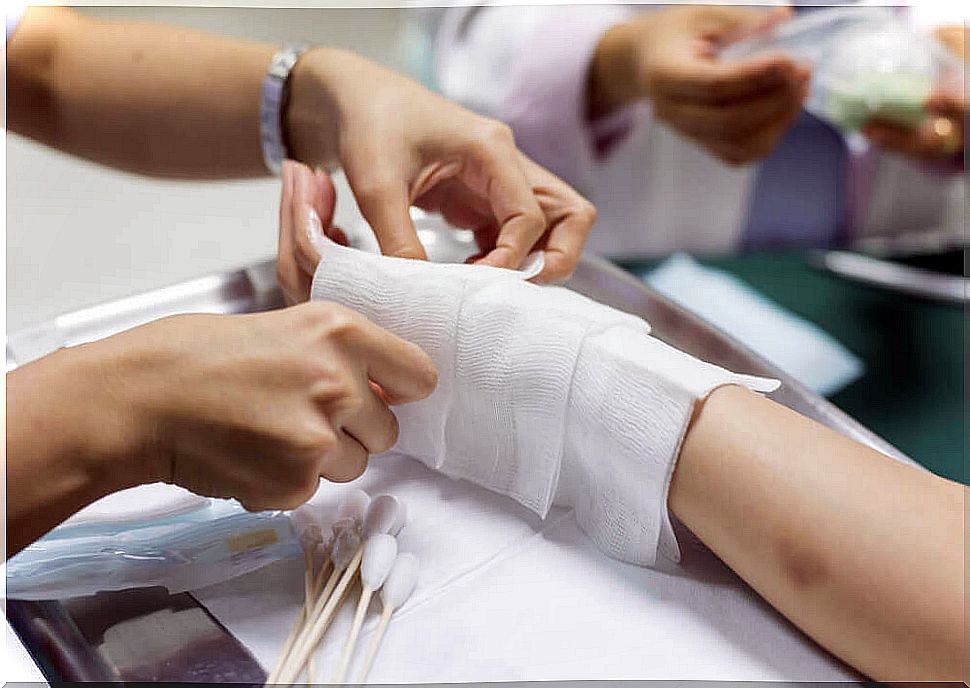
- First degree: they are superficial and affect the outer layer of the skin, causing a lot of pain.
- Second degree: they are deeper and affect the first and second layers of the skin. The damaged area appears intensely reddish in color and may have blisters.
- Third degree: These are the most severe of burns, affecting all layers of the skin, resulting in permanent tissue damage.
Treatment for a minor or first-degree burn
- Cool the skin with cold water for between 10 and 30 minutes. This prevents the burn from getting worse and continuing to burn other layers of skin.
- Wear a gauze or cotton bandage, loosely bandage around the burned skin. This keeps air out of the burned area and helps reduce inflammation and pain.
- Do not use ice or ice water, a cold bath or shower will ease the pain.
- If the wound is painful, you can take a pain reliever such as acetaminophen or ibuprofen to help reduce the pain.
Treatment for a Second Degree Burn
- Immediately wash with cold water for 5 to 10 minutes.
- If the blister bursts, disinfect with antiseptic and apply a burn ointment.
- Then put on a clean, dry gauze.
Treatment for a Third Degree Burn
These burns affect the hands, feet, face, genitals or important joints.
In the case of burns of this type, we must request immediate medical help, while we wait for the medical staff to do the following:
- Remove burnt clothing from the patient’s body.
- Check the person’s vital signs, such as breathing, circulation, or pulse.
- Wrap the affected area with a damp cloth or towel, ensuring it is clean.
Recommendations for treating other types of burns
If the person is still on fire
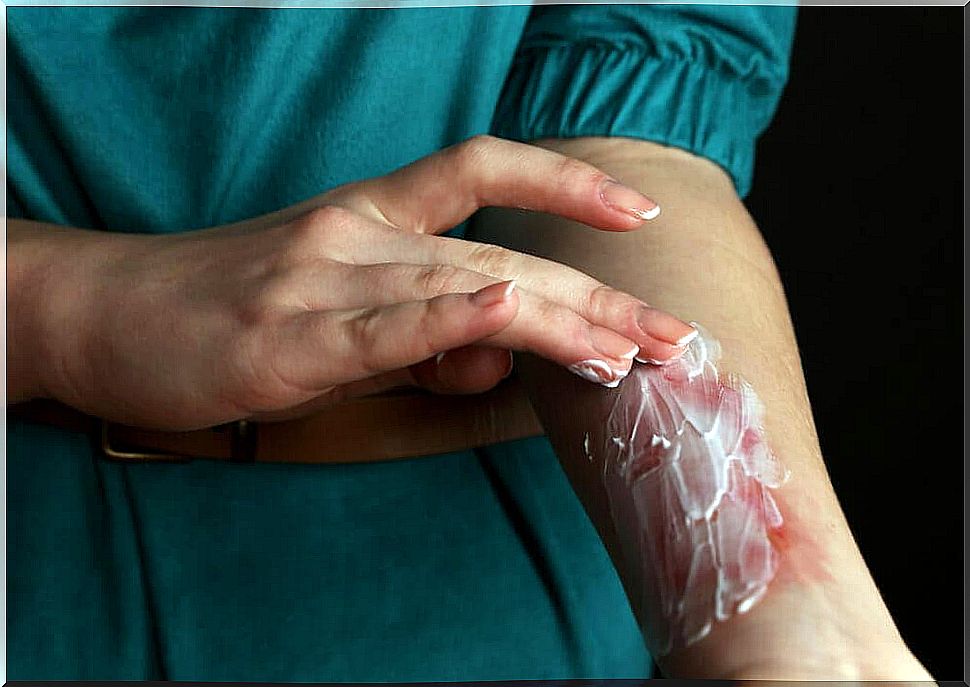
The first thing to do is to lay the person down, turn him on the floor to put out the flames, place him on top of a shelter or blanket. Remove clothing and objects, except clothing that has been attached to the body. Request medical help immediately.
an electricity burn
Wash the burn with plenty of water, not cold, for 5 minutes. Do not remove clothing at first, do so while washing the burn. Put on sterile gauze or dressing and seek immediate medical help.
Chemical burns
If it was in the mouth or eyes, rinse thoroughly with water and have an urgent medical evaluation.
Actions we shouldn’t do in the face of burns
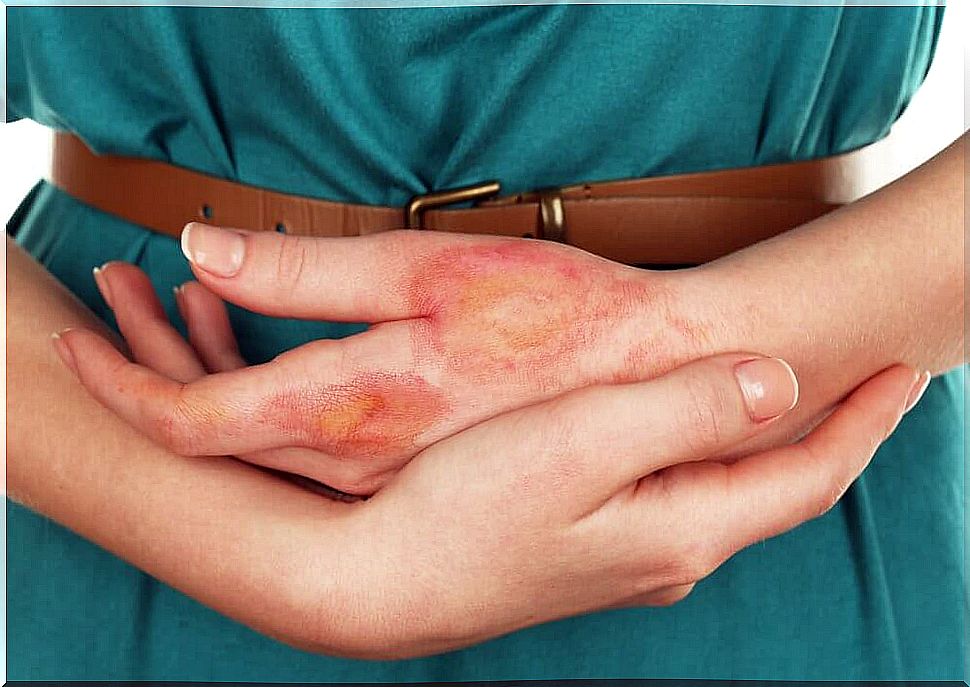
- Do not put ice directly on the burned skin, this causes frostbite and increases the damage already present in the skin.
- Avoid applying ointments or oils that can interfere with the natural healing process.
- Do not burst blisters as this can lead to infections.
- Do not cover the wound with a cotton wool or adhesive bandage, this will not allow the wound to breathe and may become infected.
- Avoid removing burned clothing stuck to the skin, it is essential to seek a doctor to clean the area.
- Do not touch severe burns, it is recommended to visit the doctor as soon as possible.
- Never grease the burn with: toothpaste, butter, talcum powder, lotion, it will only make the wound worse.
Some remedies to treat burns that do not require medical assistance
aloe vera
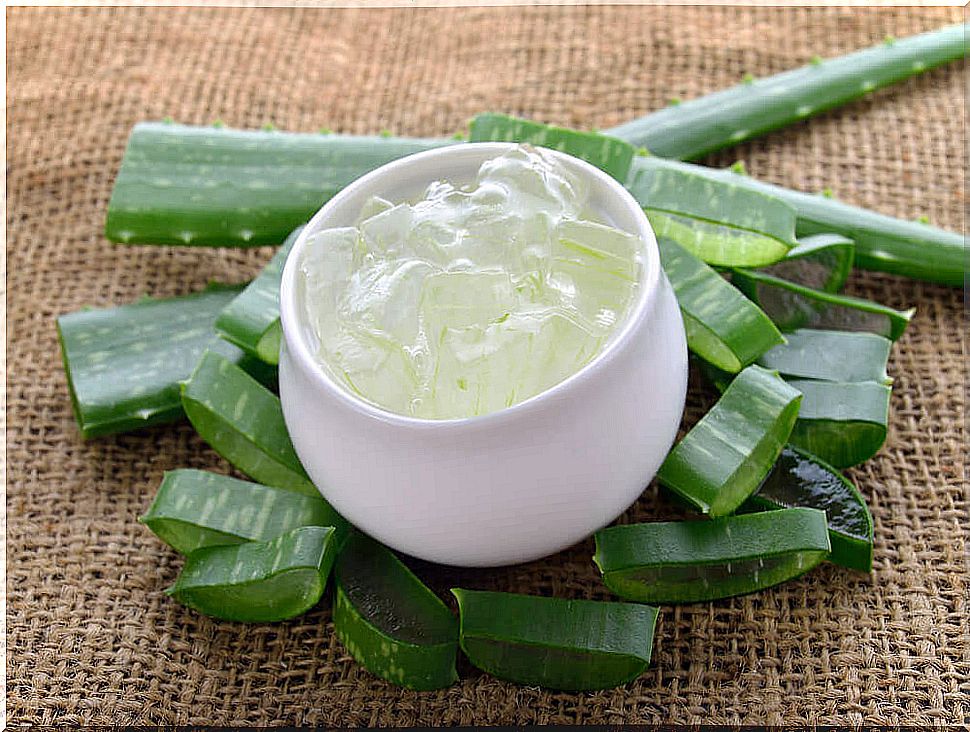
Aloe vera gel has anti-inflammatory properties that accelerate the healing of wounds and burns. We can apply the gel directly from the sheet to the burn area, it will help to relieve and heal the wound.
raw honey
It has antibacterial, antibiotic and anti-inflammatory properties that help treat and heal burns. A little honey should be applied over the area.
Calendula
Calendula oil has antiseptic analgesic properties, so it reduces inflammation and helps to heal wounds and burns. Calendula extract is available in the form of: cream, gel, lotion and oil, and we can use any of the presentations.


